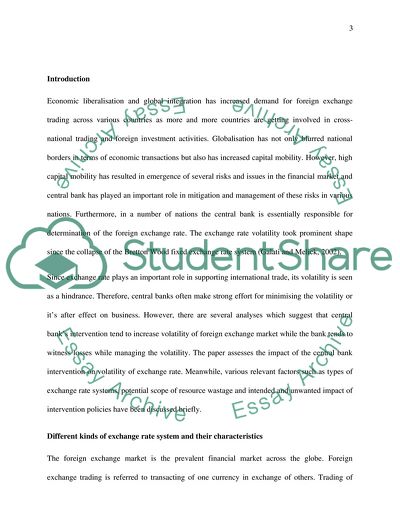Cite this document
(“The influence of central banks' interventions on the level and Essay”, n.d.)
The influence of central banks' interventions on the level and Essay. Retrieved from https://studentshare.org/finance-accounting/1674128-the-influence-of-central-banksapos-interventions-on-the-level-and-volatility-of-foreign-exchange-rate
The influence of central banks' interventions on the level and Essay. Retrieved from https://studentshare.org/finance-accounting/1674128-the-influence-of-central-banksapos-interventions-on-the-level-and-volatility-of-foreign-exchange-rate
(The Influence of Central banks' Interventions on the Level and Essay)
The Influence of Central banks' Interventions on the Level and Essay. https://studentshare.org/finance-accounting/1674128-the-influence-of-central-banksapos-interventions-on-the-level-and-volatility-of-foreign-exchange-rate.
The Influence of Central banks' Interventions on the Level and Essay. https://studentshare.org/finance-accounting/1674128-the-influence-of-central-banksapos-interventions-on-the-level-and-volatility-of-foreign-exchange-rate.
“The Influence of Central banks' Interventions on the Level and Essay”, n.d. https://studentshare.org/finance-accounting/1674128-the-influence-of-central-banksapos-interventions-on-the-level-and-volatility-of-foreign-exchange-rate.


